Must knit faster … knitting faster!
I think it’s a human characteristic that no matter what we are doing, we are always looking ahead to the next project. It doesn’t matter whether it’s a book to read, household jobs to do or knitting projects, our minds are always looking past whatever is in our hands to focus on something else. The downside of this is that we can end up always rushing onwards, never taking our time to enjoy the moment of what we’re doing – and in my case, I can never knit fast enough to keep up with my ever-growing project list!
When I went to Alexandra Palace a couple of weeks ago for the British Knitting Awards, Lucy and I had a short time to look around the Knitting and Stitching Show and say hello to a few people we knew before the awards ceremony. At the Black Sheep Wools stand, I met Juliet Bernard, and here she is with Lucy and me. Juliet was the first editor of The Knitter magazine and worked there for five years before moving on to work with other companies within the yarn industry such as Stylecraft, Yarn Stories, KnitPro, UK Hand Knitting and the Knitting and Crochet Guild. She’s been involved with Innocent’s “The Big Knit” for quite some time and has designed more than a few little hats for smoothie bottles too!

Source: Black Sheep Wools
Juliet also teaches workshops on Continental knitting, Fair Isle, double knitting and steeking (knitting in the round and then – gasp! – cutting your knitting to insert edgings or zips) and when our conversation turned to Continental knitting and knitting faster, she mentioned that she had a workshop coming up very soon at Black Sheep Wools. A quick search on the internet revealed that there was one space left in the workshop which my lovely friends at Black Sheep offered to me. It was meant to be!
So last Saturday, I left big daughter in charge of small daughter and both of them in charge of the dog and two Hallowe’en pumpkins and set off for a day of uninterrupted knitting at Black Sheep Wools. Bliss!
The workshop was to cover Continental knitting – both knit and purl – and two-handed Fair Isle. I’d done a bit of two-handed Fair Isle earlier in the year at the Arne and Carlos workshop that I went to (also at Black Sheep Wools – it’s brilliant to have a local yarn shop which runs great workshops!) but although I spent some time watching Arne’s Norwegian knitting style and have had a go myself on and off during the year, I still wasn’t sure that I’d got it right and it’s always good to have a dedicated amount of time to practise. Twelve of us sat down at the big workshop tables, our yarn and patterns in front of us, and we were ready to knit!

Our project for the day was a Fair Isle hat that Juliet had designed. If you fancy having a go yourself, you can find her Diamond Hat pattern here on Ravelry. We each chose two colours of Stylecraft Alpaca Tweed DK and Stylecraft Alpaca DK, a soft, easycare alpaca mix yarn – I chose Aran in the Alpaca Tweed and originally the shade Red in the Alpaca DK but changed my mind later and swapped it for Aubergine.
I always love learning new things and workshops are brilliant for that – because they are usually quite small in terms of the number of people who attend, they’re a bit like a knit n natter with extra focus. Everybody who’s there has chosen to be there so everyone is keen to discover something new, and of course we are all like-minded crafty people so we already had something in common. I do spend a lot of time searching for how-to videos on YouTube, but there’s something about actually going to a workshop and doing something with a group of people that you can’t get online, so if you’ve got a local yarn shop near you that offers workshops, do check them out – I don’t think you’ll be disappointed, and even if the workshop covers things that you’ve done before, you will get something out of it because there is always something new to learn!

It didn’t take us long to all get comfortable in our seats with a mug of tea or coffee. We started off with the Continental knitting practice. Juliet was taught to knit by her German grandmother and has always knitted this way. I think it’s fascinating that all over the world, the end knitted product looks the same but the way that we get there is so very different depending on where we live and who taught us to knit. I was taught by my English Nan, but I had a Scottish Grandma who was a knitwear designer and died when I was very small; I do wonder if her style would have been different and I’m sorry I didn’t get the chance to knit with her. Anyway, today was the day for me to try out something different. Juliet demonstrated her style and the “traditional” Continental style which were very similar but not quite the same. It made me think of a regional accent; the words might be slightly different but you still understand the meaning.
We cast on and started our rib. At first, it was painfully slow and very tempting to just switch back to my usual purl method. I don’t know about you, but I find that I tend to be much less tolerant of myself when I’m learning something new than I should be sometimes, which is crazy. It’s as if I think that now that I’m an adult, I should be able to do new things straight away without having to learn them, and of course that’s just not true. Even as grown ups we still have to start slowly, create the new neural pathways in our brains to make something feel familiar and we really shouldn’t beat ourselves up about it if it takes a bit of time. I’ve lost count of the number of times I’ve told new sock knitters to be kind to themselves even if they’re experienced knitters as sock knitting is a new skill, and yet I could feel myself getting cross because I couldn’t immediately knit as quickly with a new style.
After a while it started to feel a bit less awkward and by the time I’d completed my rib, I was managing quite competently. I wanted to jump up and down and shout for joy! If we could do everything perfectly straight away, there would be no pleasure in learning – and also no such thing as Knitter’s Death Grip which every new knitter has, hanging onto their needles for grim death as if they’re going to jump out of their hands if they loosen their hold even for a second. Yes, my shoulders have been up round my ears as my knuckles have turned white whilst I was holding my needles, and they feel as if I’ve done several rounds in the boxing ring; now that I know that I can do the technique with my hands, the trick will be to tell my shoulders to relax!
Was it faster than my usual rib? I’m not sure, but it certainly wasn’t significantly slower in the end, and it didn’t look too lumpy and bumpy either. It certainly felt like progress!

By the time we had done that, it was lunch time. I couldn’t believe where the morning had gone! We’d chatted, chosen yarn, knitted, watched Juliet’s technique and helped ourselves to tea and biscuits. It’s such a lovely way to spend the day – I very rarely spend the whole day knitting at home because there are always other things to be done, so a day like this felt like a real treat. And someone else had made the sandwiches and was doing the washing up!
After lunch, we made a start on our Fair Isle. Knitting two-handed after spending the morning practicing Continental knitting feels very natural, and I was soon speeding along (and unpicking quite a lot because knitting from a chart and talking doesn’t always go together too well!). You can see that I’ve changed the yarn from red to aubergine here; it looks very dark on the photos but it’s a lovely deep purple colour.

Because everyone at the workshop was fairly evenly matched in terms of our knitting abilities, it meant that the afternoon became quite a sociable session. Juliet was able to spend time sitting around the table with us and talking about things other than specifically the Fair Isle technique or the pattern. Her knowledge of yarn and the yarn industry is encyclopaedic and she is fascinating to listen to. With afternoon tea and cake (and it is always particularly good cake at Black Sheep), it really did feel like a knit n natter and the whole workshop had a lovely atmosphere to it.

One thing that Juliet recommends is to carry the yarn (or float) across up to 9 stitches at the back of the knitting. I’ve never carried mine that far as I’ve always worried that they would be too baggy or get caught on something when the hat or the jumper was put on, but I was happy to give it a go. She even showed us a nifty way to twist the yarns without letting go of the needles – one more than one occasion I caught myself thinking “I wish I’d known this years ago!”.
You can see here the way the floats are carrying across the back of the hat. I think I might be a convert to this method now because it does something rather special which I’ll show you in just a minute …

Look at me with my yarn in my left hand as if I’ve always done it that way!
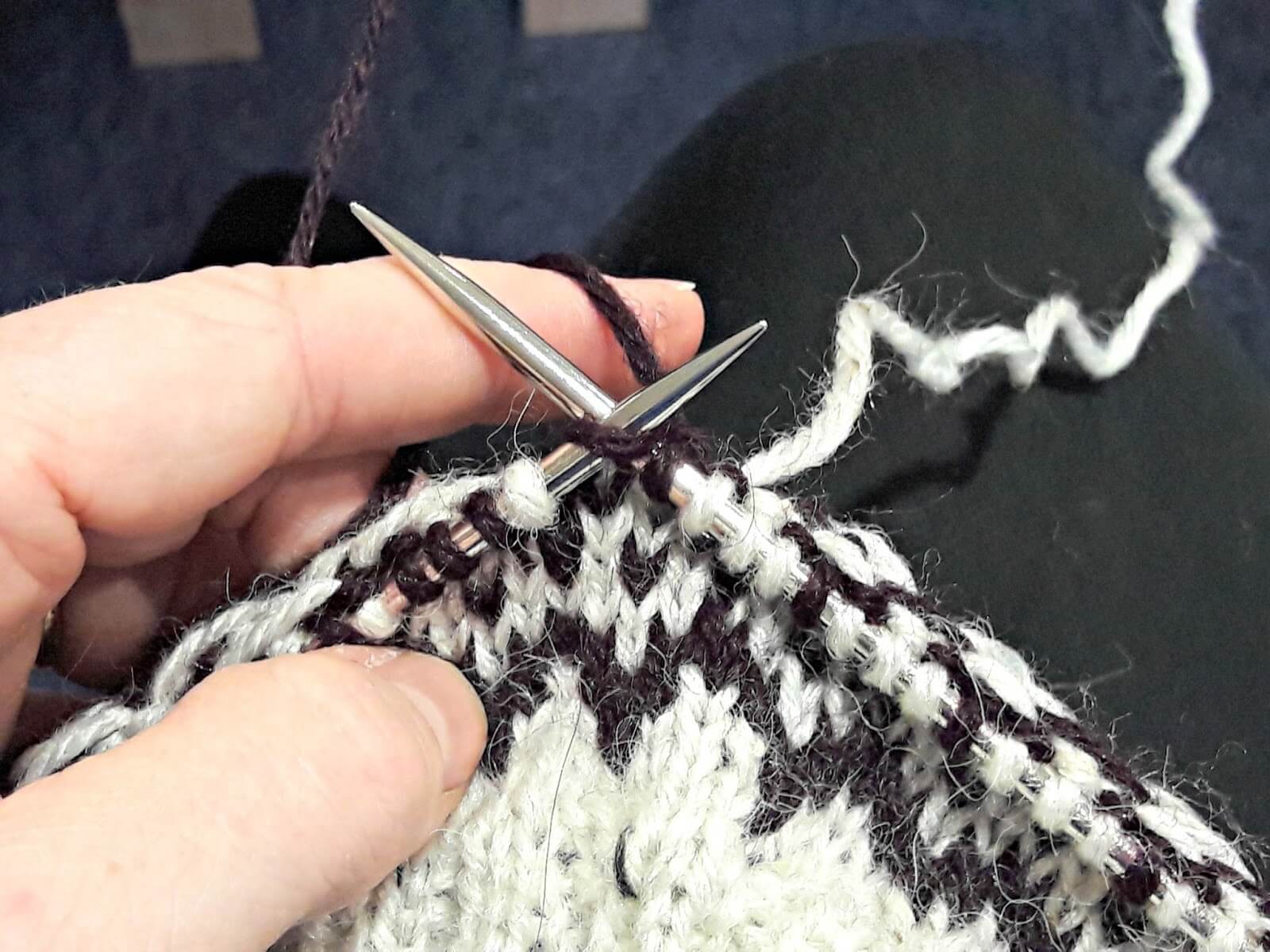
Yarn in both hands! It’s so much easier than the way I used to do it, only working with my yarn in my right hand and having to pick up and drop the different colours.

I didn’t get the hat finished during the workshop, but it didn’t take too long at home to finish it off. Small daughter had laid claim to it even before it came off the needles and it’s not been off her head much since!

I love the way the pattern makes a snowflake; it’s all created by decreases which is very clever.

And here’s an even cleverer bit. Remember I told you that the big floats across the wrong side of the knitting did something rather special? They have created a pattern all of their own on the inside of the hat – you could probably wear it inside out although I’d worry that you might catch the floats and pull them.

Here’s the snowflake on the inside – I think it looks pretty stunning with the colours reversed and I’ve got enough yarn left to knit another hat with the colours this way round if I want to.

I’d definitely like to see how I could incorporate this into a sock design, and I’ve been practising my Continental knitting with a sock too. At first, trying to do it with a small circular felt quite clumsy but it’s starting to feel easier now and I have bursts where it feels considerably faster than my English style.
I’d definitely recommend this workshop to anyone who fancies a change from their usual knitting style and to get to grips with two-handed Fair Isle. Juliet is a great teacher and I’ll be looking out for more of her workshops next year – I might even be brave enough to consider steeking!
I must say a huge thank you to Black Sheep Wools for giving me the place on the workshop. I had a brilliant day and thoroughly enjoyed every minute of it!



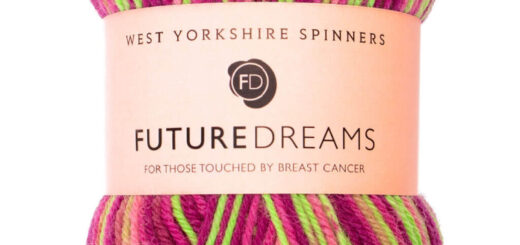
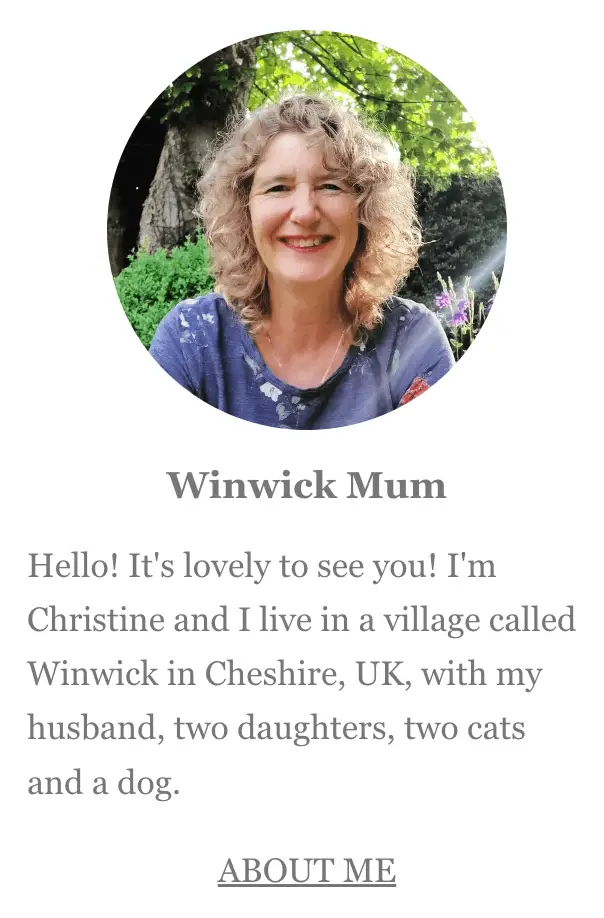

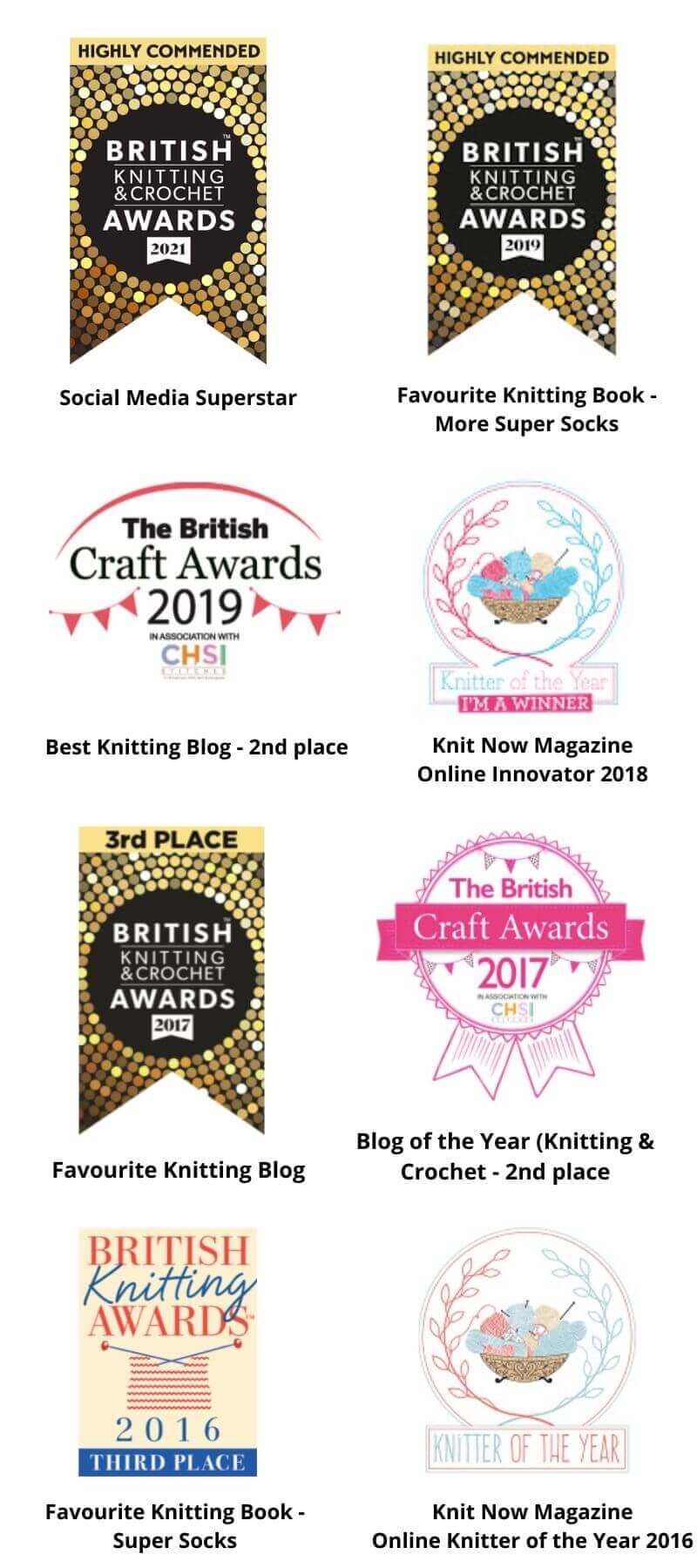

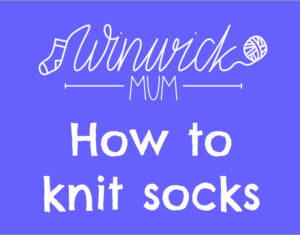
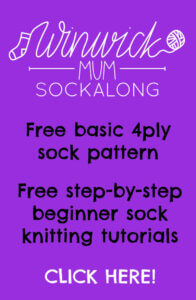
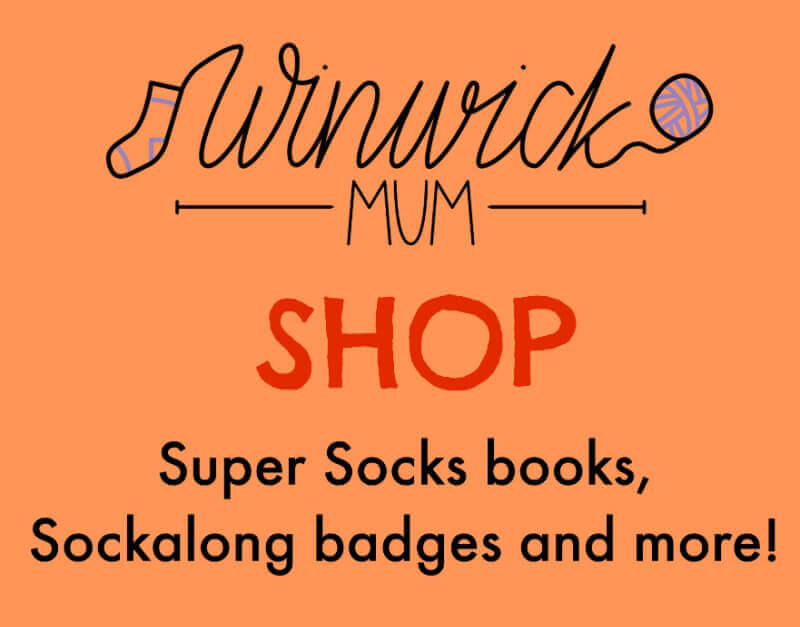
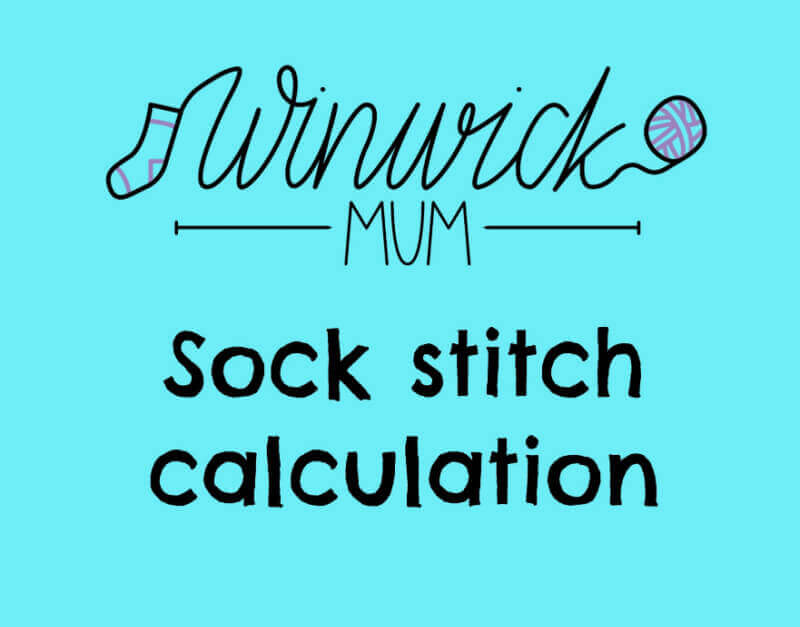
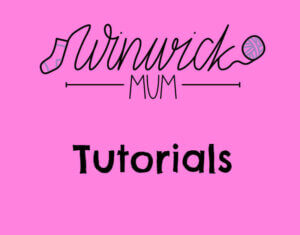
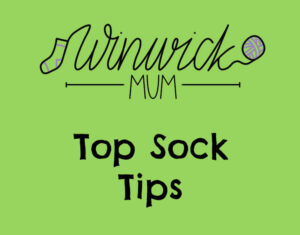
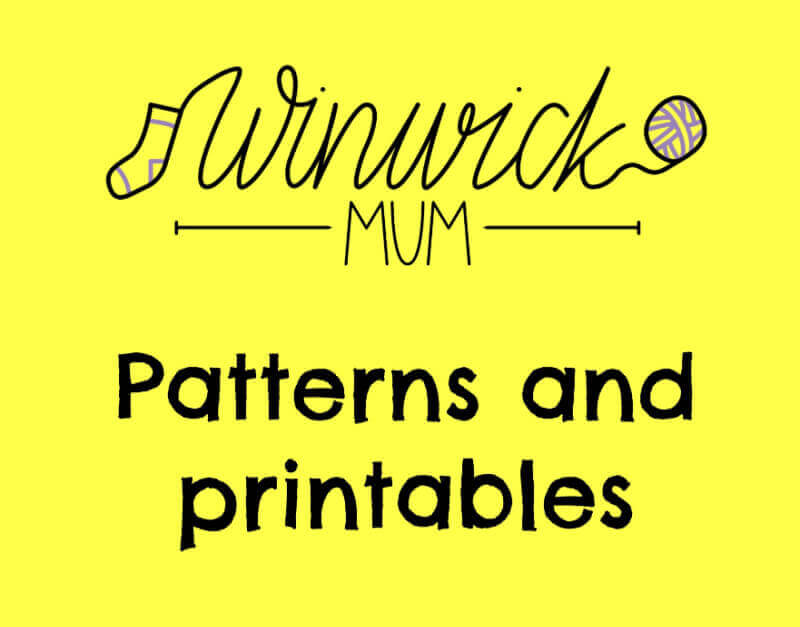
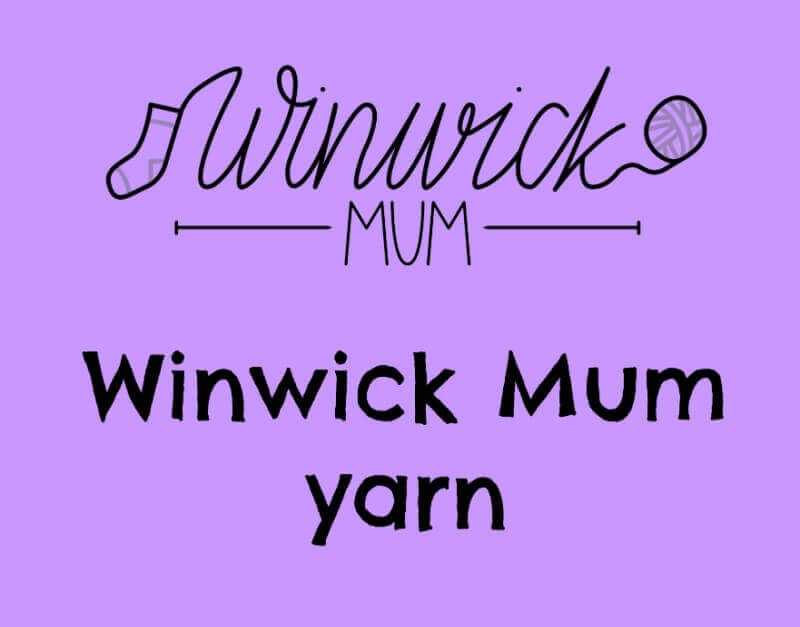
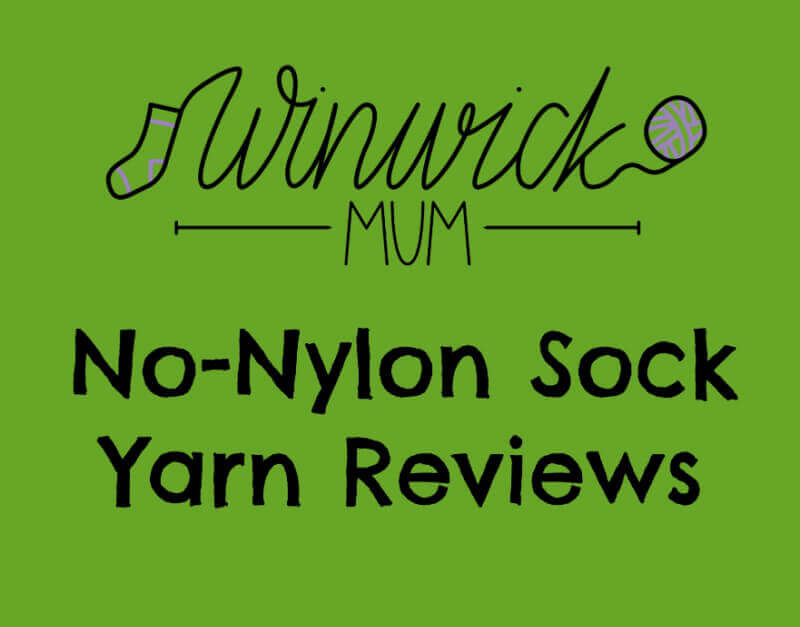
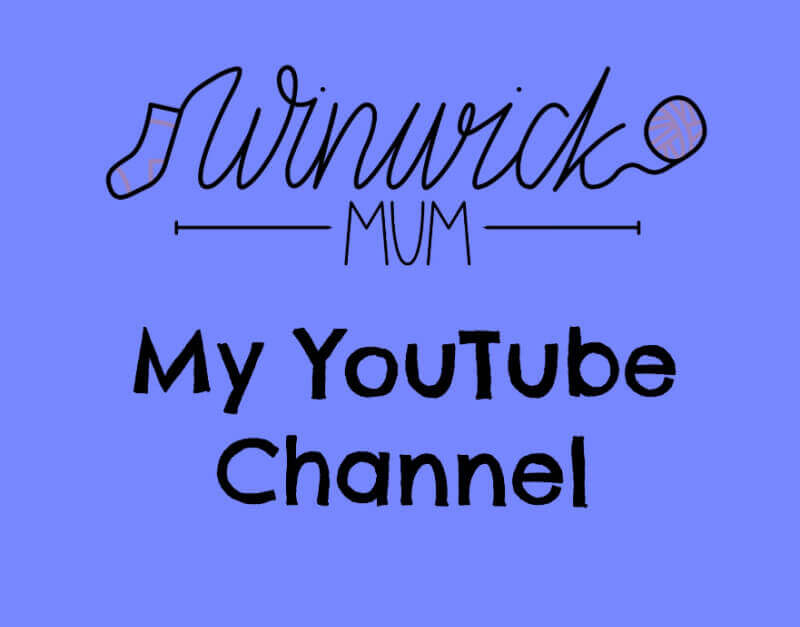
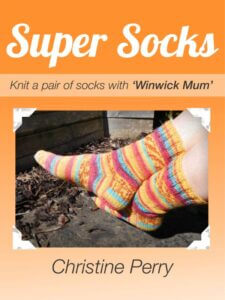
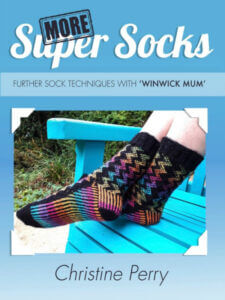
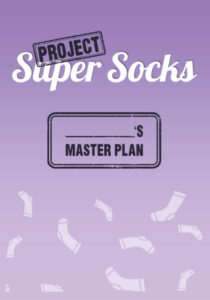

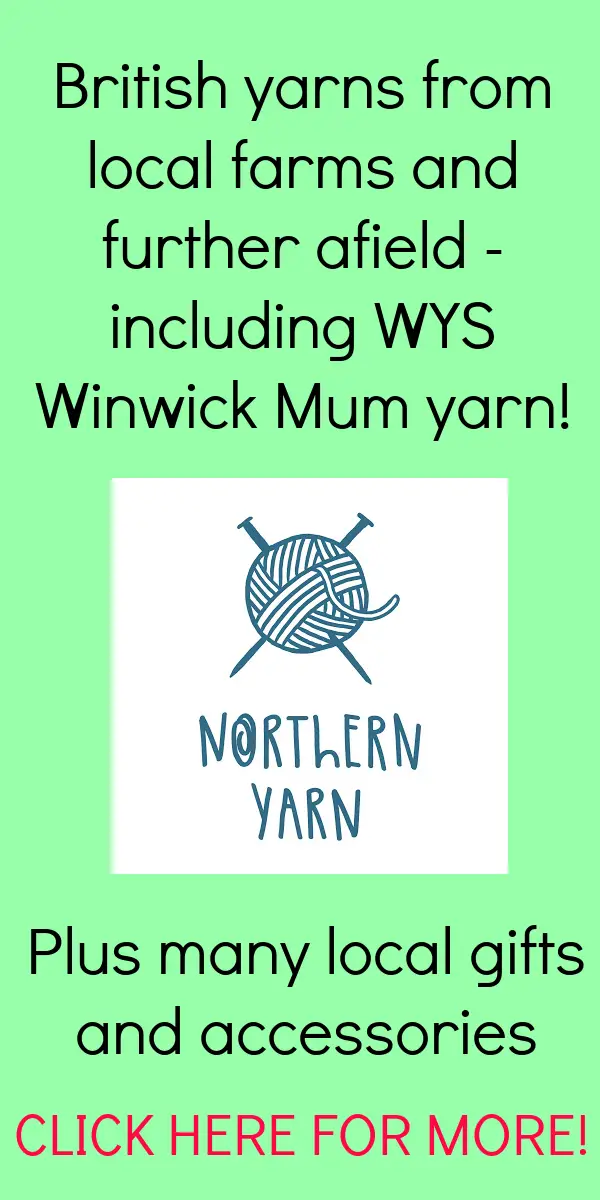

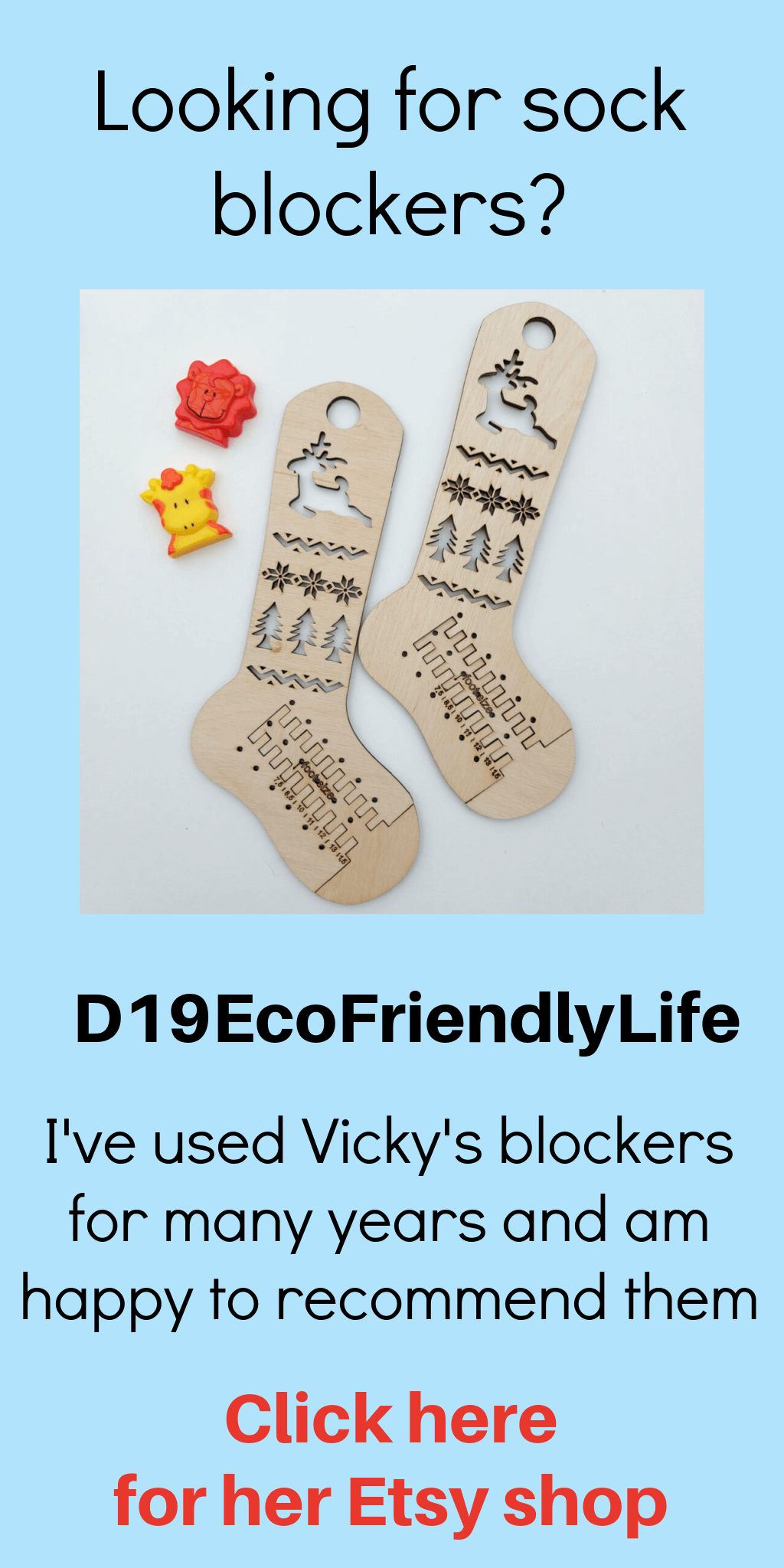
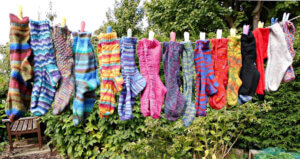
Because of your positive experience with Continental knitting I am prompted to give it another try. I love Fair Isle and/or two-color knitting, but am so slow since I pick up and drop yarns as I go. Thanks for your encouragement.
I really would give it another go, Maxine, and I'd make yourself do quite a lot too before you give up. In the past, I've maybe tried a couple of rounds of my sock before deciding that it wasn't really working, but knitting the whole of the hat rib really gave me chance to get into my stride so it's definitely worth the effort! xx
Love the wonderful photos! Happy Knitting ♥
Thank you! xx
What a wonderful workshop. I've never seen knitting like that before so must investigate! Your hat looks fabulous……both ways!
It's definitely worth looking into it – I think it's going to make a huge difference to my knitting! xx
Lucky lady! My workshop this weekend got cancelled, so it's room tidying for me!
Knitting one handed is slow enough, so two handed just sounds impossible!
Oh what a shame! Room tidying doesn't really seem like adequate compensation to me, so I hope you're going to be able to do something nice as well! xx
Your starting para does seem to describe us all :-)))
I'm so glad you got the opportunity to go to the workshop & such a beautiful creation has resulted. Looking forward to seeing many more Fair Isle creations 🙂
I'm glad it's not just me! 😉 Yes, I'm inspired to knit more Fair Isle now, it's great fun! xx
I have never mastered fair isle and, after reading your post, I think I shall try to attend one of Juliet's workshops so that I only have to learn it once.
I'd definitely recommend the workshop and any others at Black Sheep Wools, to be honest, they're always a good day out. I think Juliet might be doing more at Black Sheep next year so it's worth keeping an eye on their website xx
Beautiful! I have the opposite problem: When I learned to knit I learned Continental. For the life of me, I can't do English/American! My right hand just will not cooperate and I'm so clumsy, and the gauge is painfully tight. I'd love to learn 2-handed knitting, as I do love colorwork. Your hat is darling!
I think that with practise, you'd be able to knit in the English/American style just as I'm learning to knit Continental. For me, the problem has always been that I'm too impatient and if I can't do it quickly, I want to go back to my usual method as it's faster, but you're never going to get better if you don't practise! 🙂 xx
It sounds as though you had a wonderfully productive day and learned something new in the process. Your hat looks wonderful whichever way it is worn. Thanks for sharing. x
It was a great day, Janet! That hat has turned out to be a bit of a hit – it's even been worn in bed! 🙂 xx
Workshops like these are fun, glad you enjoyed it. Your hat is beautiful and looks very cosy. I love Fair Isle knitting! I am an accomplished continental knitter, it is so much more efficient and elegant with its space movements than any other type of knitting I have ever seen. It lends itself to Fair Isle knitting as it is easier to keep the two strands flowing. Personally, I have both strands on one hand, one of the middle finger, the other one the indicator finger. I wrote about my own experience of learning Fair Isle a few years ago, I took a class like yours and loved it a lot. Have you tried using Jamiesons wool? It is perfect for Fair Isle, and steeking (love steeking!) Have a great week. x
I haven't tried Jamiesons wool yet, mainly because I've been focussed on sock yarn for the last few years! I've read lots about them, though, and they're definitely on the list to try out! xx
Your comment about creating new neural pathways is very revealing. A friend taught me Norwegian purl which does make sense when ribbing as you keep the yarn at the back of the work (yes, honestly!) but I've never kept it going long enough to feel really comfortable with it. Time to knit a little hat for Operation Christmas Child and try it out properly!
Absolutely – and what a great cause to knit it for! xx
Such a beautiful hat Christine. An interesting read as I have just abandoned continental style knitting and reverted back to my English style throwing as I was miserable when I was knitting! As for colour work I'm lucky Jen taught me to use two hands so that's the only way I know.
I'm still pretty slow and it depends on what I'm doing as to whether it feels comfortable or not, but it's quite good to be able to switch between the two xx